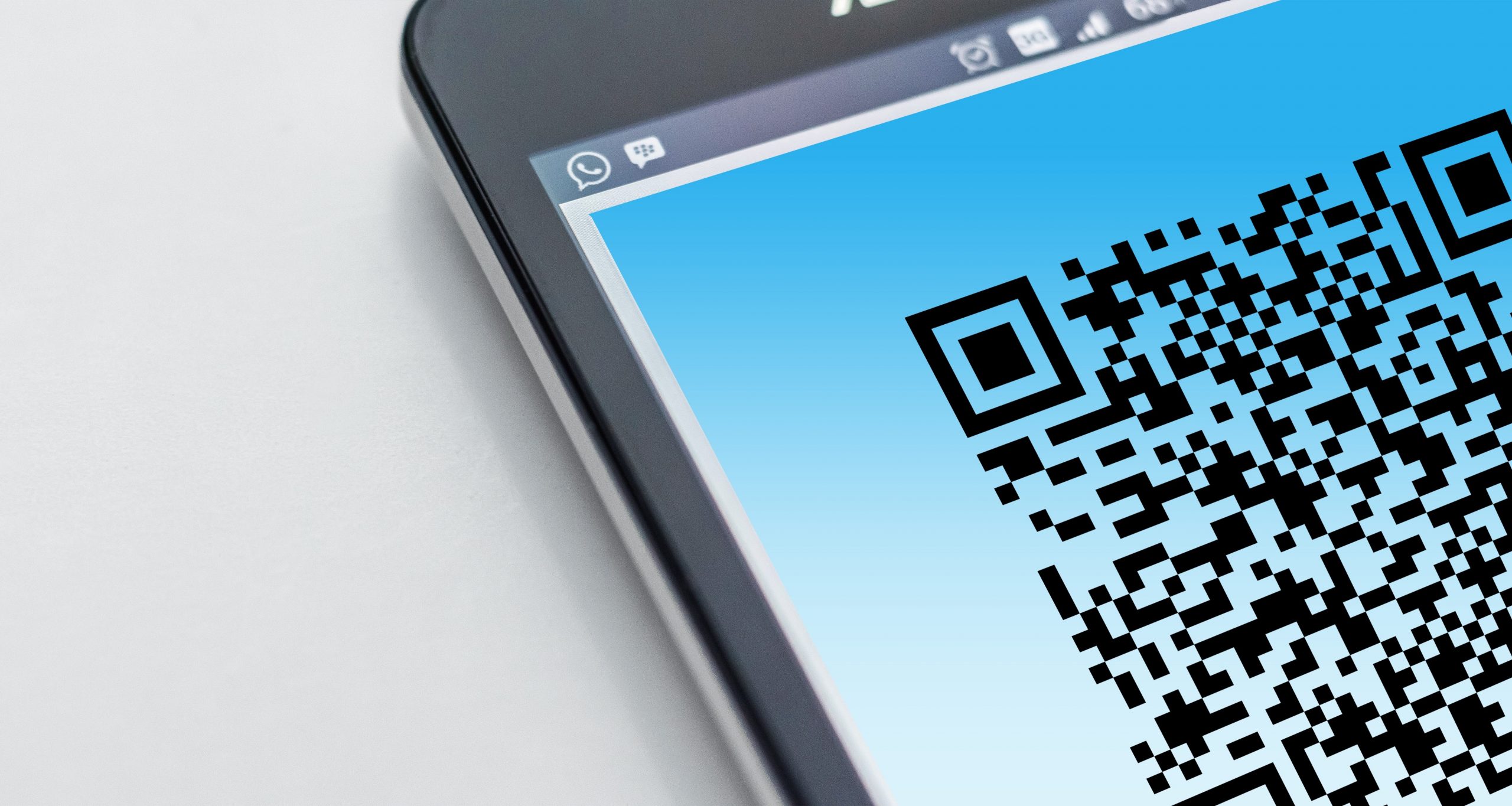QR Codes and Virus Removal & Protection

Protect Yourself Using QR Codes
QR codes are all the hype now. Invented in 1994 and popularized by the pandemic, QR codes have been popping up everywhere, including Super Bowl ads. The two-dimensional code advertised during the Super Bowl was Coinbase, a cryptocurrency exchange. It generated so much traffic that it crashed Coinbase’s app, proving that people may need some safety training on this new digital format. Luckily, Coinbase is a reputable company, and no foul was done; however, with new technology comes new ways for people to abuse it.
Similar to the safety procedures you follow in avoiding suspicious emails and unknown links – you should NOT scan a QR code when you don’t know its source! Cybercriminals may direct QR codes to malicious websites to steal personal data, embed malware to get access to your device, and redirect payments for their illegal use. QR codes mask the website you visit, so it’s easier to get scammed.
For example, if a hacker created a domain called bankinfo.stealyourmoney.eu, you probably know better than to enter that URL. On the other hand, if a hacker embeds this URL into a QR code and sends it out in an email when you scan it, you’ll see “bankinfo” and might not pay attention to the rest.
When scanning QR codes, keep in mind:
- Only scan a QR code from a trusted source.
- Any sticker that says “Save Money Here” is probably a scam, especially if found on an ATM or gas pump, etc.
- When you scan a QR code, make sure the website you visit is authentic. Check the URL to make sure it’s what you expected. Don’t ever enter your personal information on a website without verifying that it is official and secure.
- Be highly cautious or never scan a QR code sent via email. QR codes were created to use when clicking a link is not possible. So, if a sender doesn’t include the link within email copy, consider this a red flag.
If you are a business owner who uses QR codes, keep in mind:
- Help your customers retain peace of mind by providing the URL near the QR sign. Include a short description, such as, “This QR code will take you to our menu at www.whatagreatmenu.com If it does not, please let us know and DO NOT enter any personal information.”
- Make sure the QR code your customer’s scan is the one you created. For example, check to ensure that no one has covered the official code with a sticker, etc.
In addition to their use in Inventory Management, QR codes have become a convenient new advertising tool that we ourselves use at CPS. Like everything, common-sense measures need to be in place to protect your data. If you accidentally download a computer virus or find that your personal information has been compromised or, worse, held captive – shut down your computer or mobile device and bring it to us. We will clean your infected computer and, if needed, help retrieve your lost data and restore it.
Founded in 1994, Creative Programs and Systems provides professional results for all computer needs. We design, create, and code an array of custom software programs and websites; implement internet marketing strategies for enhanced Search Engine Optimization (SEO) results; repair and provide support for computers of both residential and professional nature; build custom systems and servers, and offer secure data backups. Need assistance or want to learn more? Call us at 810-224-5252 or e-mail info@cpsmi.com.

